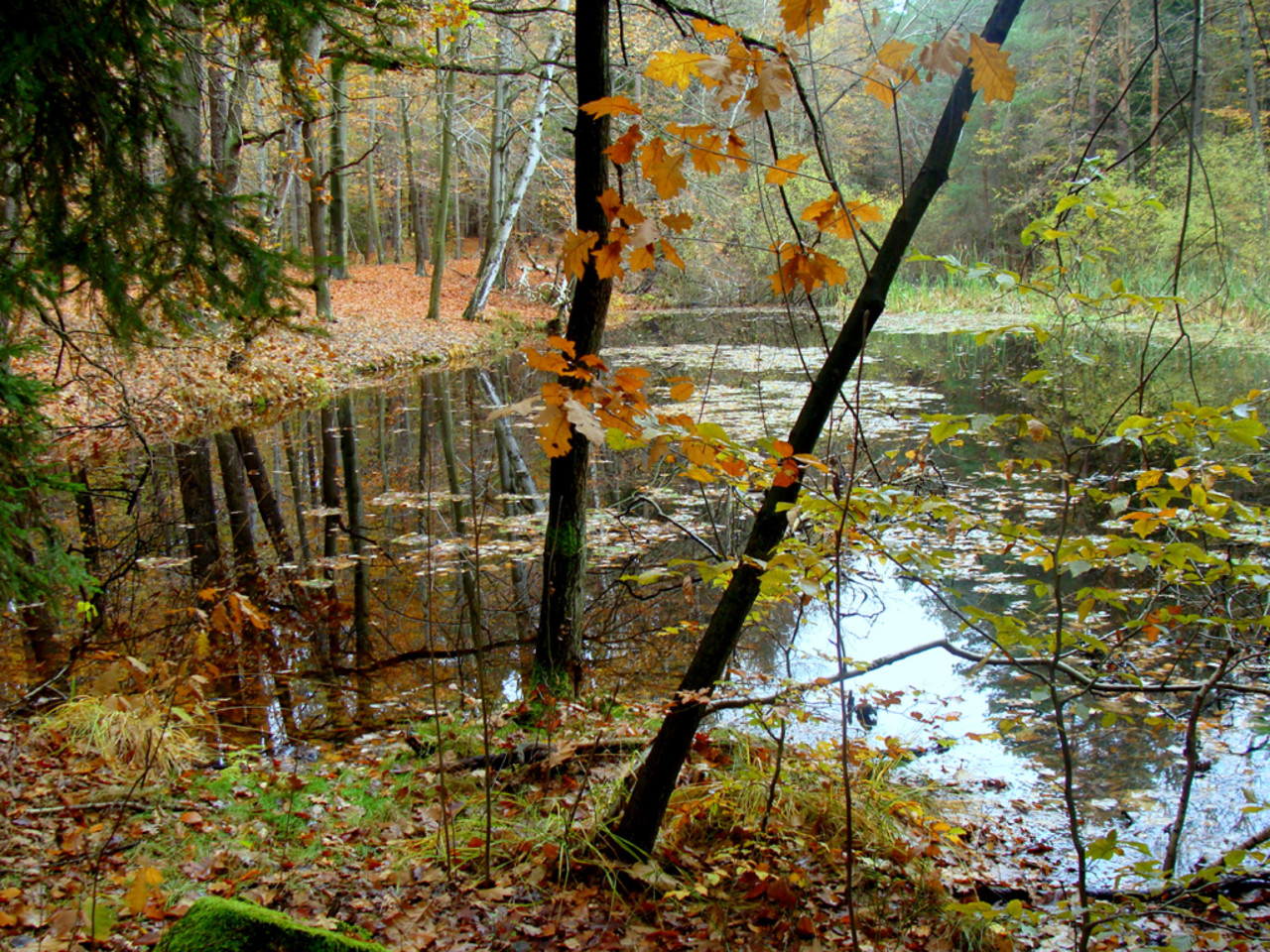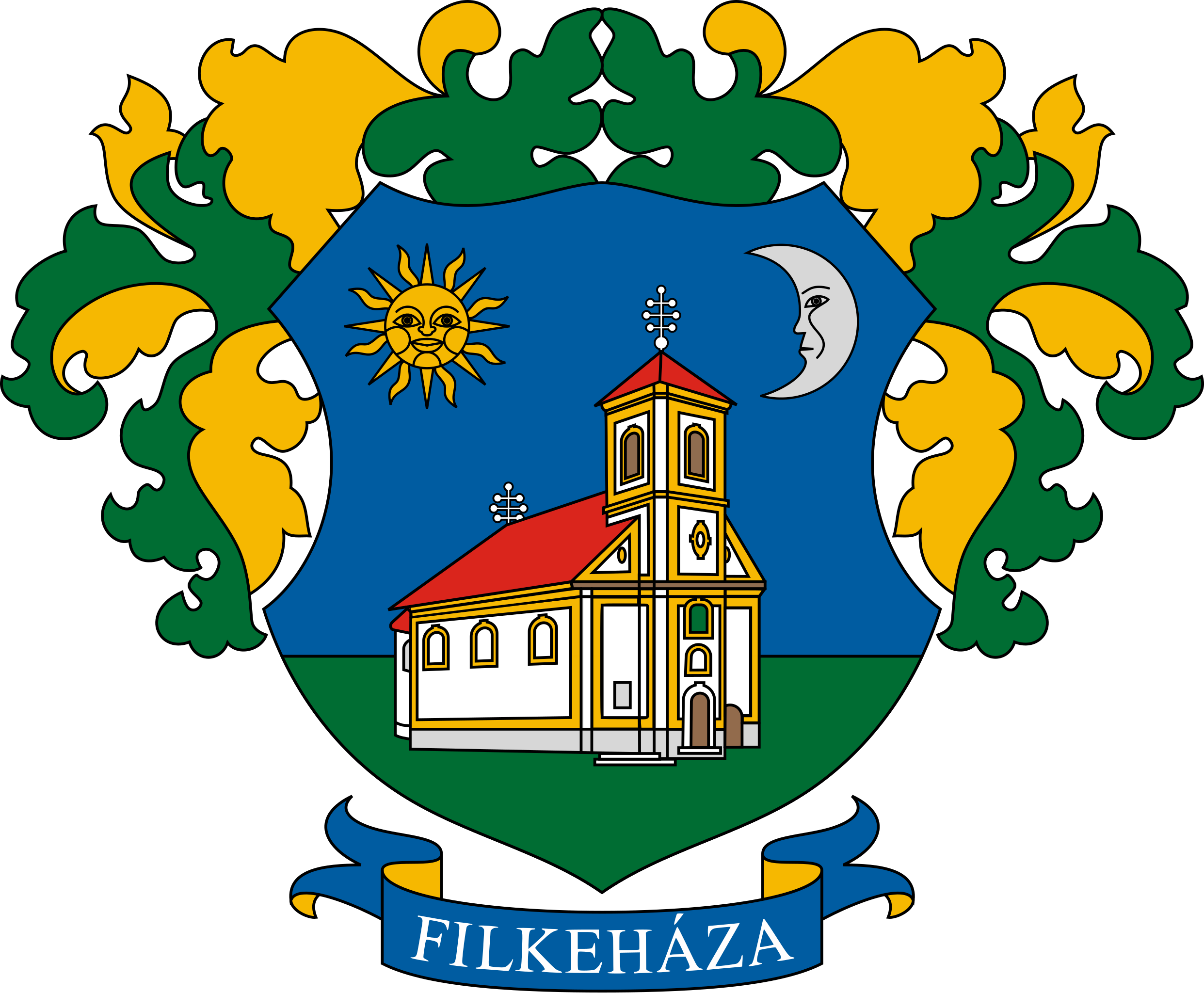Urban Nightlife
When did nightlife begin?
Urban nightlife started to emerge significantly in the late 19th and early twentieth centuries, particularly in industrial cities present process fast progress. The expansion of public transport and the rise of the working class created a demand for entertainment after darkish.
One of the earliest examples of organized nightlife could be traced back to the speakeasies and jazz clubs during Prohibition in the Twenties within the United States. These venues not only supplied illegal alcohol but in addition became cultural hubs for music and socializing.
Throughout the mid-20th century, cities like New York, London, and Paris became famous for their vibrant nightlife scenes, that includes bars, nightclubs, and live music venues. The evolution of music genres, such as rock ‘n’ roll in the Fifties and disco in the Nineteen Seventies, further influenced the nightlife culture.
Today, urban nightlife continues to evolve with trends in music, expertise, and social media, making cities a dynamic house for leisure and social interplay.
Why do most nightclubs fail?
Most nightclubs fail as a end result of a mixture of factors that impact their sustainability and recognition. Here are some key reasons:
Lack of Unique Identity
Many nightclubs don’t distinguish themselves from the competition. Without a singular theme, music fashion, or environment, they battle to draw a loyal buyer base.
Poor Location
A nightclub’s success closely relies on its location. Establishments in less accessible or undesirable areas usually face challenges in attracting patrons, leading to lower foot traffic and diminishing returns.
Inadequate Marketing
Failure to effectively market the nightclub can end result in low customer awareness. A sturdy promotional strategy is important to build hype and draw in crowds, especially in a saturated market.
High Operational Costs
Managing a nightclub comes with important bills, including lease, staffing, and liquor costs. Many golf equipment mismanage their finances or underestimate these expenses, resulting in crippling money owed.
Poor Management
Ineffective management can cripple a nightclub’s operations. From staffing points to poor customer service, an absence of leadership can result in a unfavorable expertise that drives patrons away.
Changing Trends
Nightclubs should adapt to altering preferences and developments in music, 오피 (have a peek at this website) entertainment, and social engagement. Failure to evolve can render them obsolete as new entertainment choices emerge.
Regulatory Challenges
Nightclubs often face strict regulations regarding hours of operation, noise ranges, and safety. Navigating these legal guidelines may be difficult, and failure to conform can result in shutdowns or fines.
In summary, the combination of id, administration, marketing, and adaptation to change performs a vital function in the longevity of nightclubs in city nightlife.
What is the meaning of city club?
The time period “metropolis membership” typically refers to a non-public membership organization situated in an city area, typically that includes dining, social occasions, and numerous recreational actions. These golf equipment are designed to foster networking and socializing among professionals and neighborhood members.
In the context of city nightlife, city golf equipment can play a significant position:
- Social Interaction: City golf equipment present a space for people to meet others in a relaxed surroundings, making it simpler to forge new connections.
- Cultural Events: Many metropolis golf equipment host occasions similar to artwork reveals, live music performances, and themed events that cater to numerous interests.
- Dining and Entertainment: They often function high-quality dining options and entertainment, making them a preferred destination for nightlife lovers.
- Networking Opportunities: Professionals can use metropolis clubs as a platform to meet potential enterprise contacts and expand their networks.
In abstract, city golf equipment improve urban nightlife by offering a mix of social, cultural, and skilled opportunities in a vibrant setting.

 That night the streets of Harlem erupted in one payemnt bedlam. Born out of resentment from the Depression, as well as the dismal way white people had been treating black people in Harlem for years, hundred of blacks rioted in the streets. They looted white-owned stored and pilfered merchandise as whenever they had an obvious right try it.
That night the streets of Harlem erupted in one payemnt bedlam. Born out of resentment from the Depression, as well as the dismal way white people had been treating black people in Harlem for years, hundred of blacks rioted in the streets. They looted white-owned stored and pilfered merchandise as whenever they had an obvious right try it. Contracts, Deposits and Reservations: These will be biggies. Once you have a party theme, guest list, menu and invitations are sent, make sure you are carefully tracking your deadlines for payments, guest counts or additional contractual details required the particular vendors may hired rrn your party.
Contracts, Deposits and Reservations: These will be biggies. Once you have a party theme, guest list, menu and invitations are sent, make sure you are carefully tracking your deadlines for payments, guest counts or additional contractual details required the particular vendors may hired rrn your party. Next during your checklist should will be details about where the party in order to held. When you find yourself undecided about where to host the party, you could always check out local halls, restaurants or perhaps local parks, depending on the party theme and associated with party an individual hosting. If we do research, you will probably find all kinds unusual and interesting places which allow social events. Include on your checklist the venues which generally is a good fit and contact them to find out if they typically come the date and time you enjoy having your party and also to get price information.
Next during your checklist should will be details about where the party in order to held. When you find yourself undecided about where to host the party, you could always check out local halls, restaurants or perhaps local parks, depending on the party theme and associated with party an individual hosting. If we do research, you will probably find all kinds unusual and interesting places which allow social events. Include on your checklist the venues which generally is a good fit and contact them to find out if they typically come the date and time you enjoy having your party and also to get price information. Don’t the date home with you on the first date. There will be time for that later when you have gotten to understand your date a bit better. Trust your instincts, and if you feel uncomfortable any kind of time time, don’t feel bad about leaving early.
Don’t the date home with you on the first date. There will be time for that later when you have gotten to understand your date a bit better. Trust your instincts, and if you feel uncomfortable any kind of time time, don’t feel bad about leaving early.